What is Playback Theatre?
Playback Theatre is a unique form of improvisational theatre in which audience members volunteer stories from their lives and see them played back on the spot.

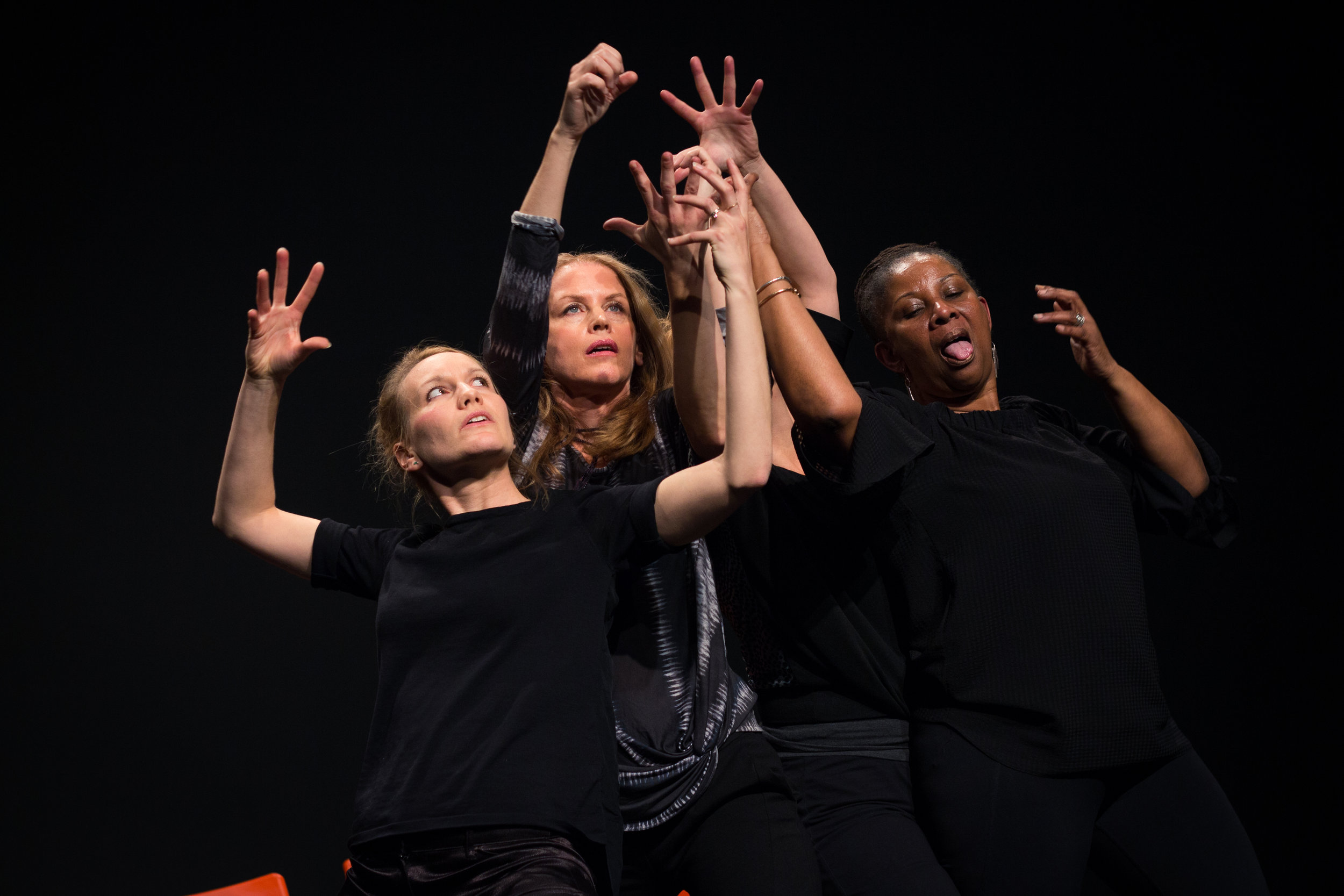





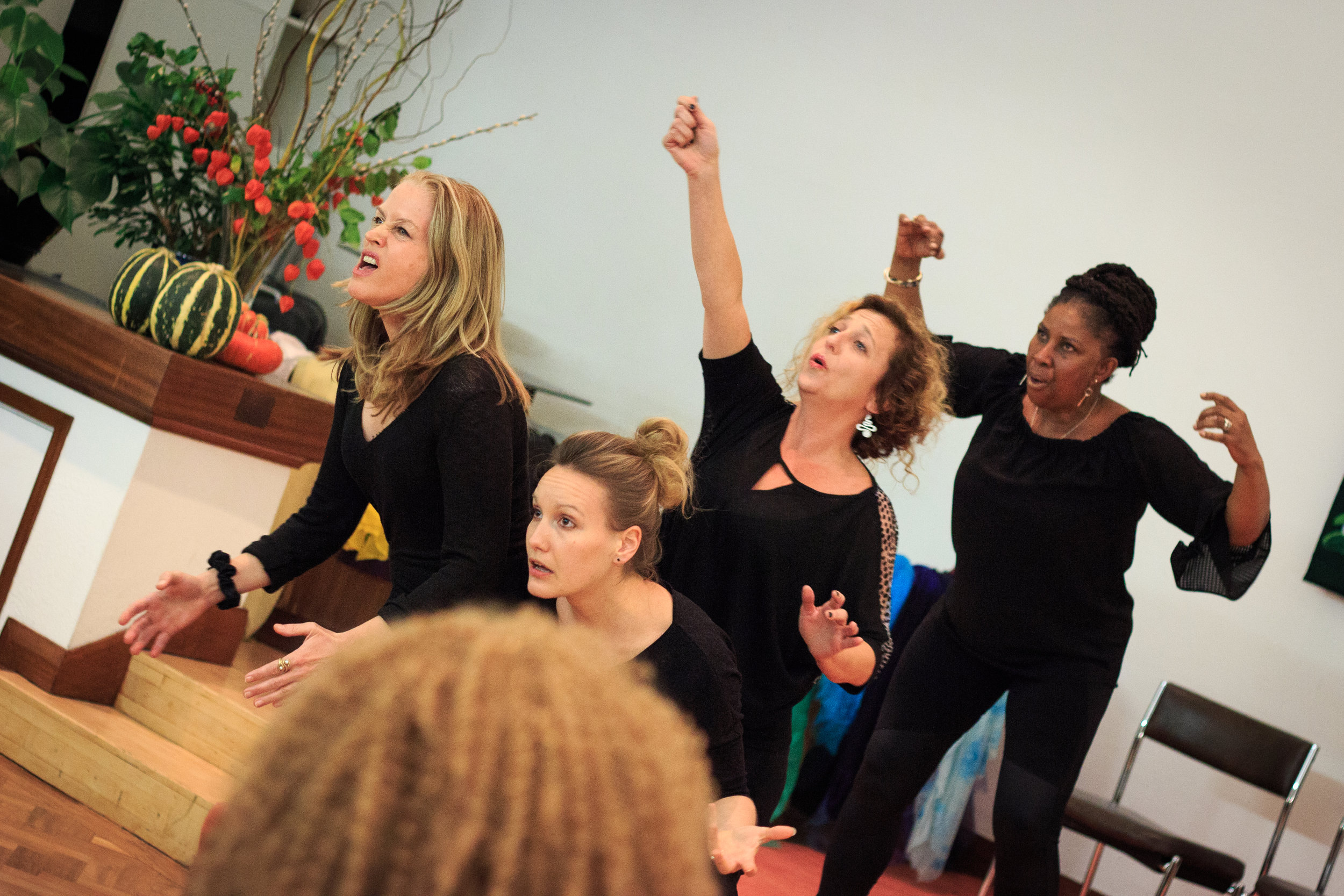
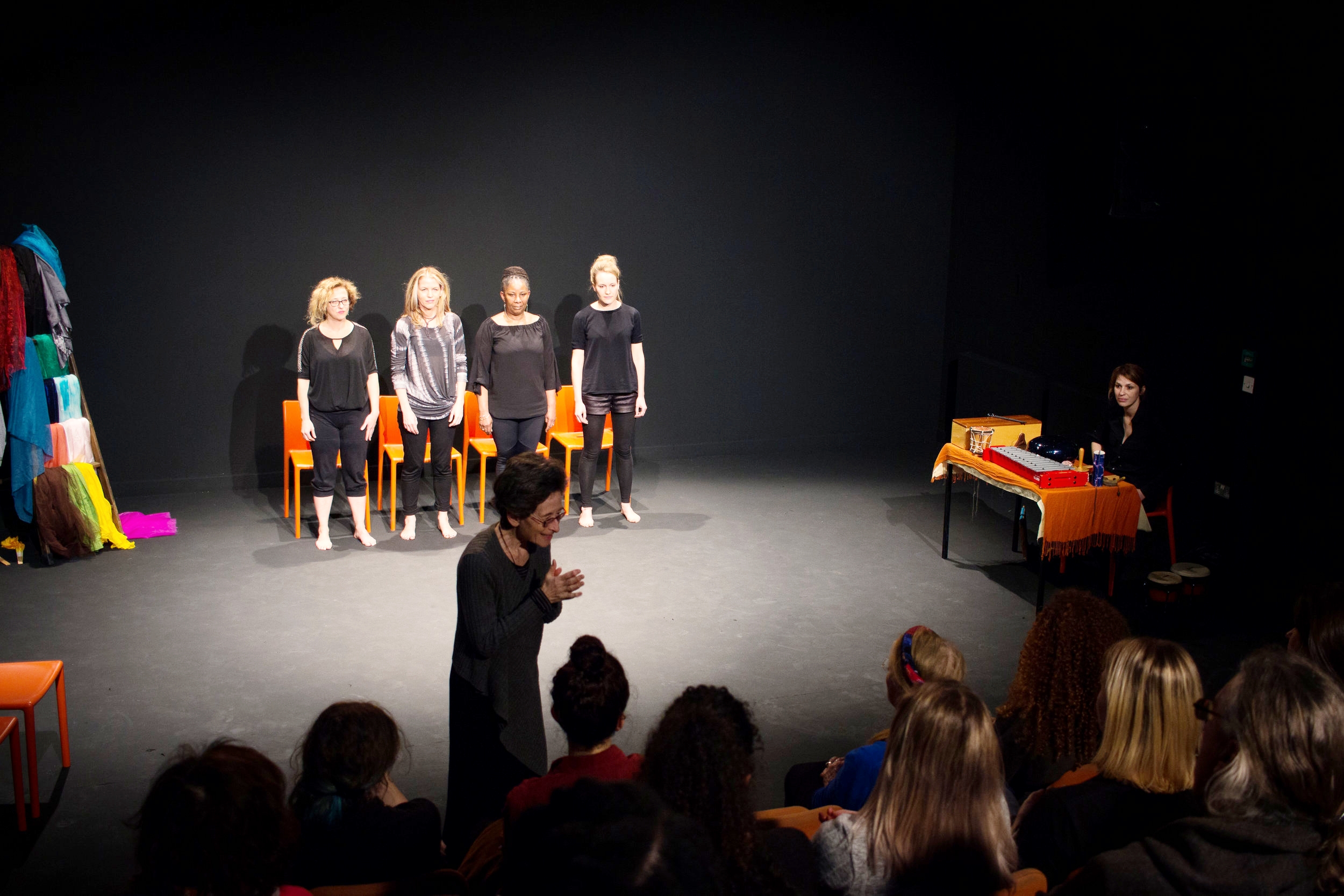


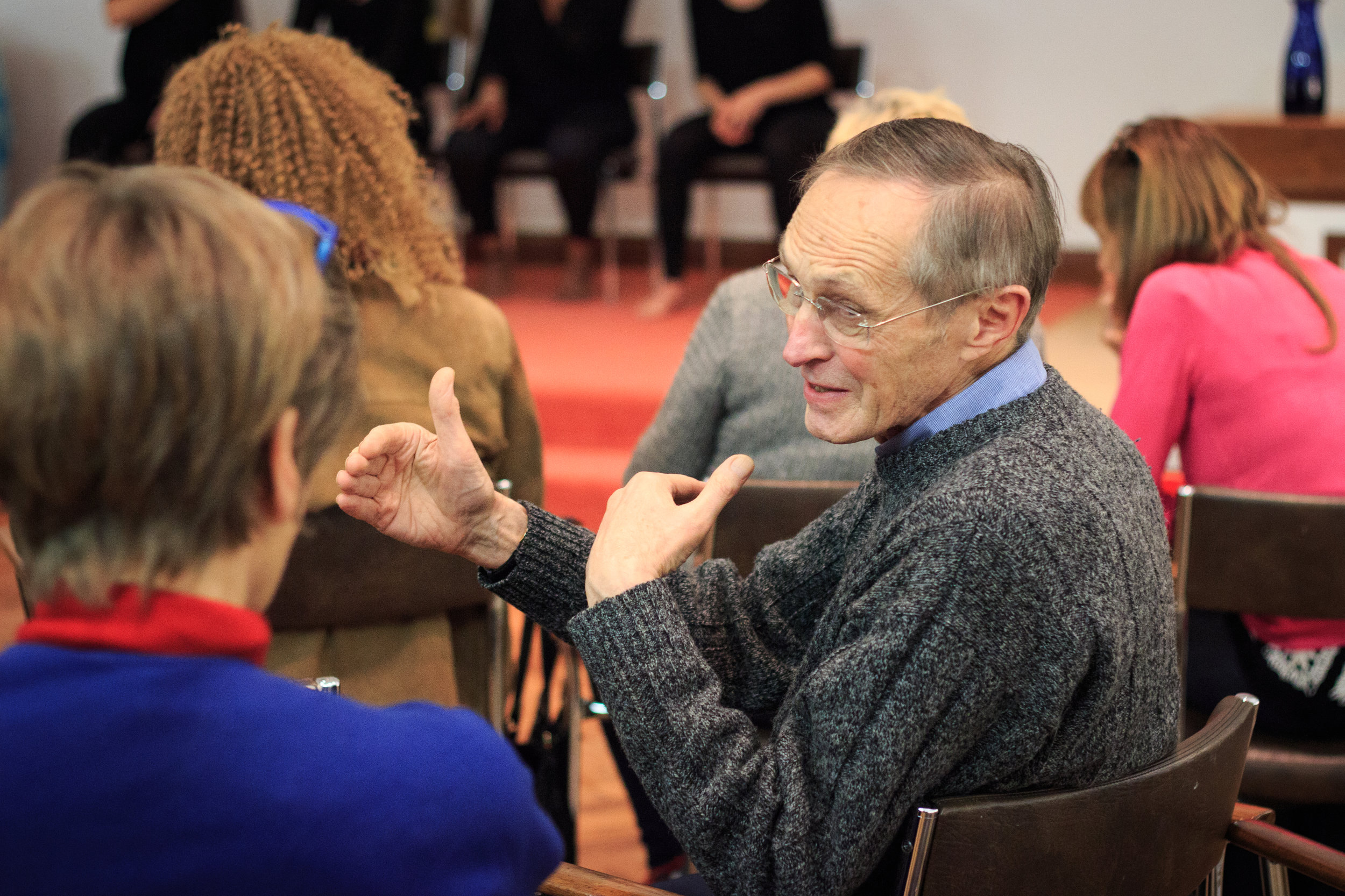

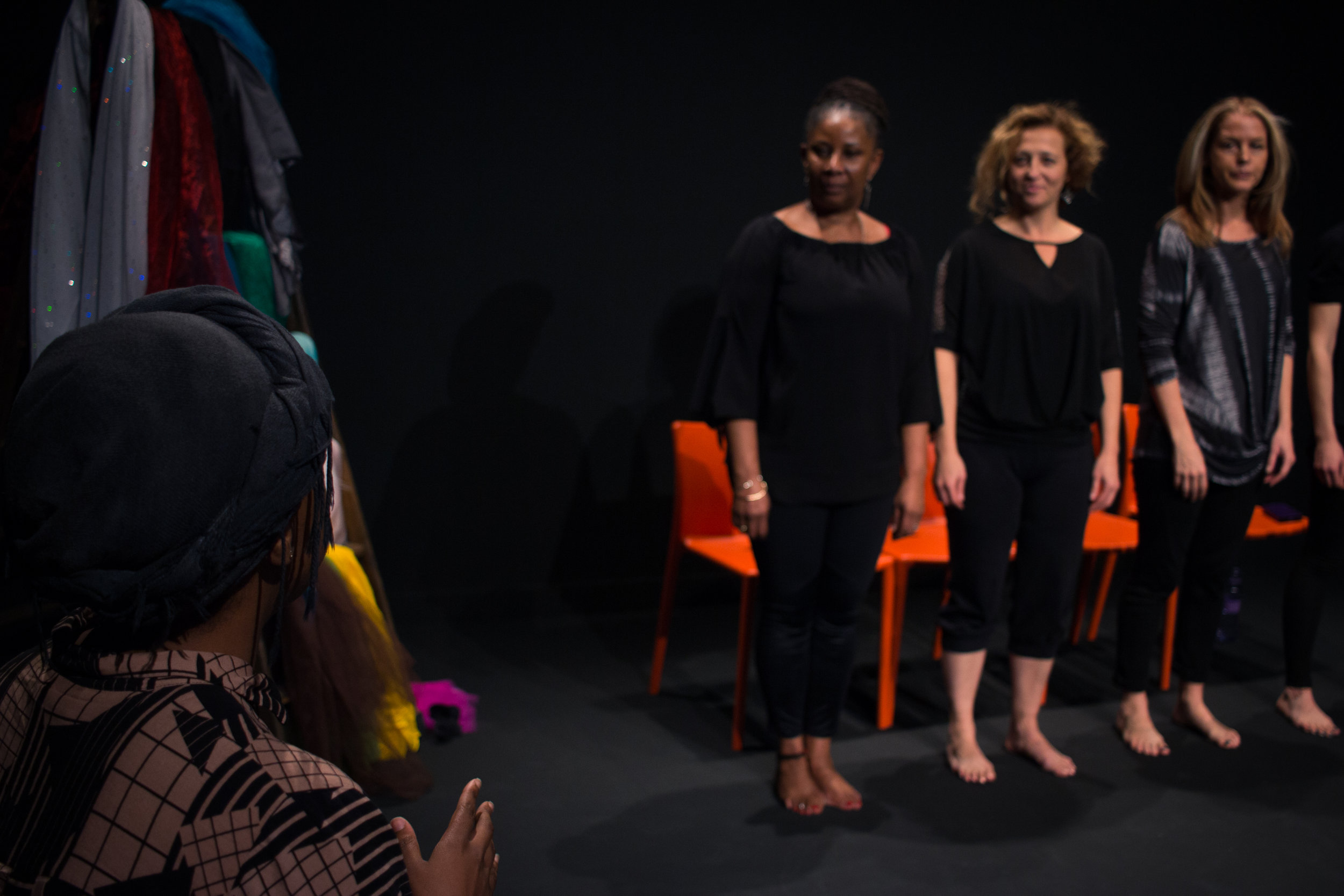
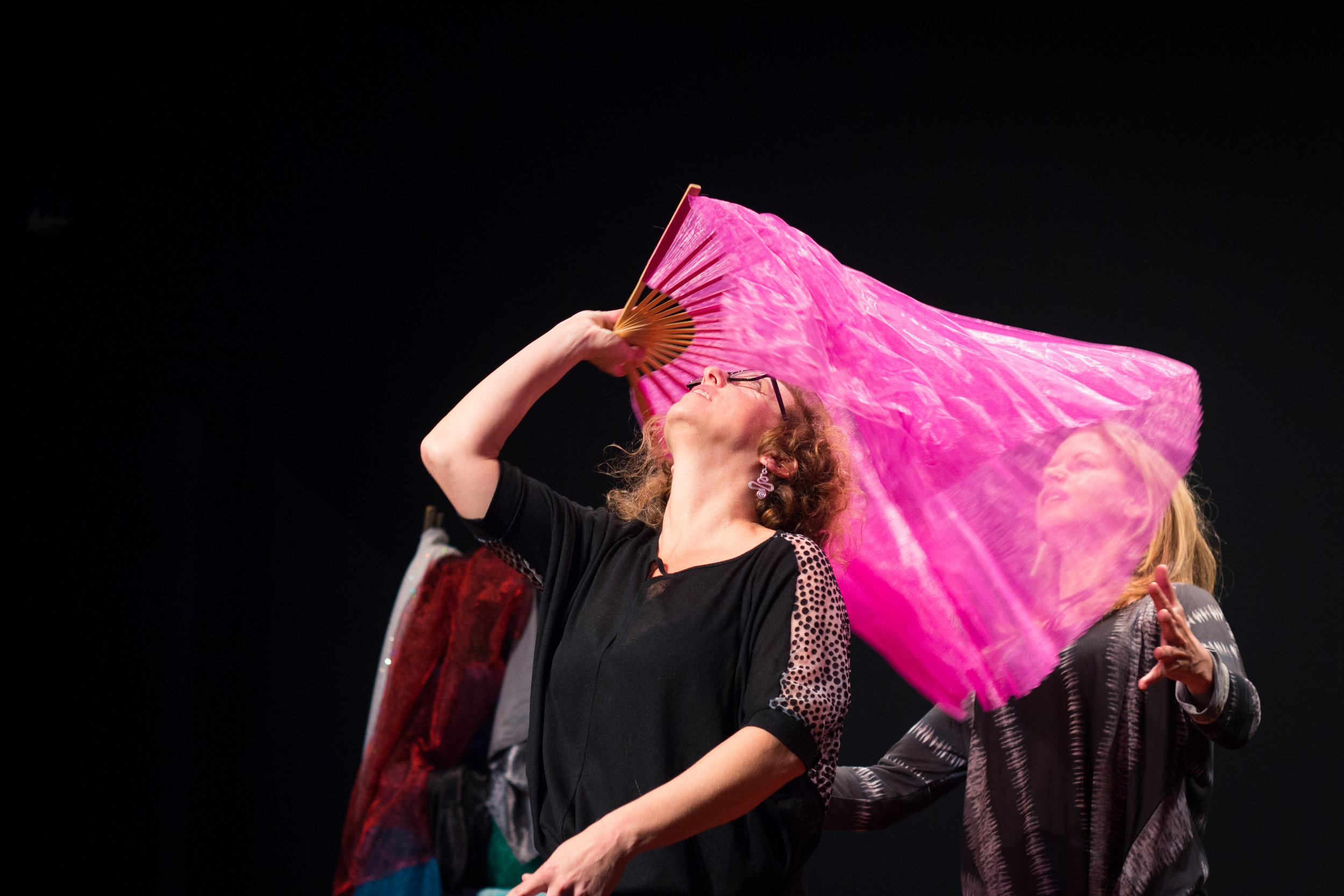

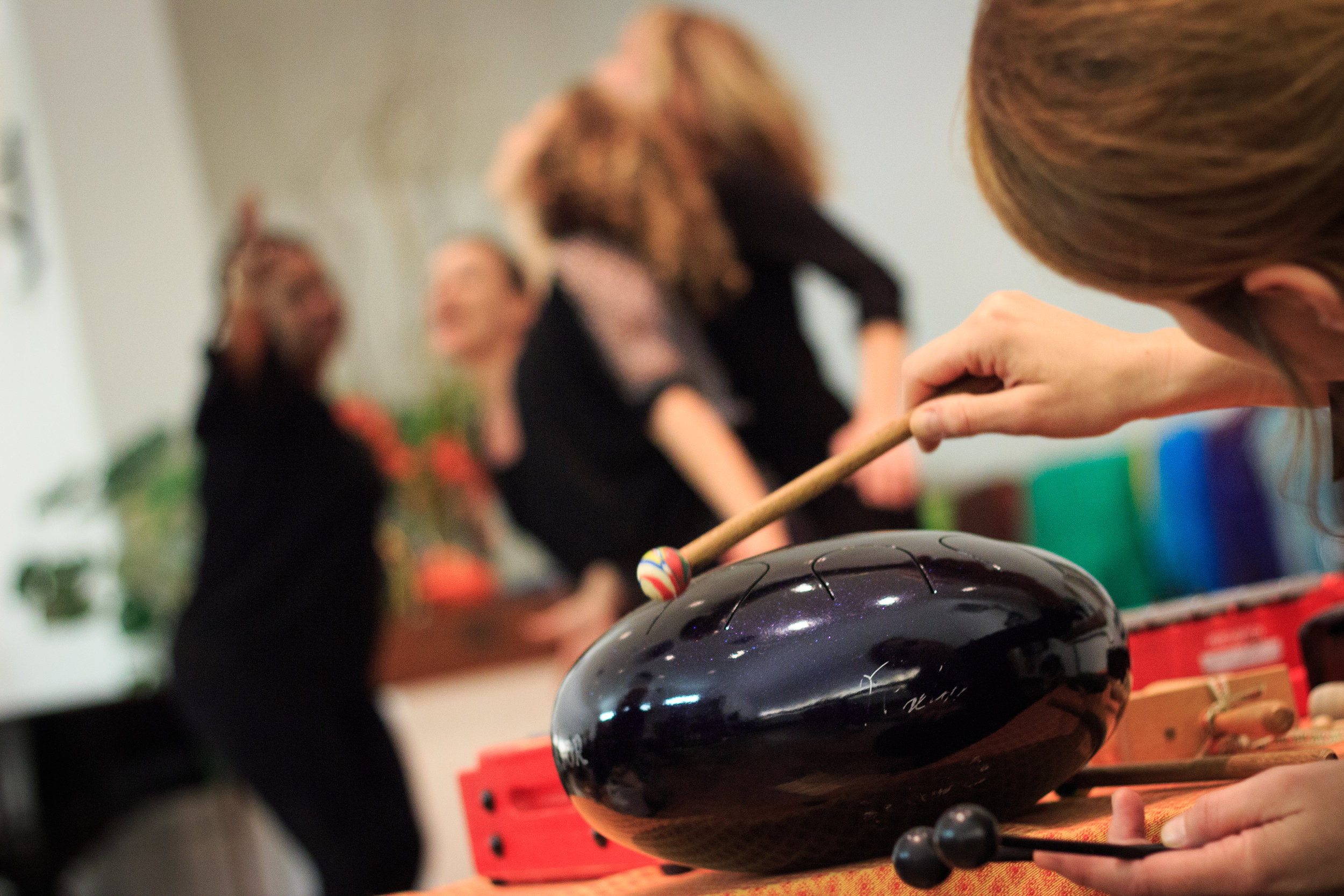
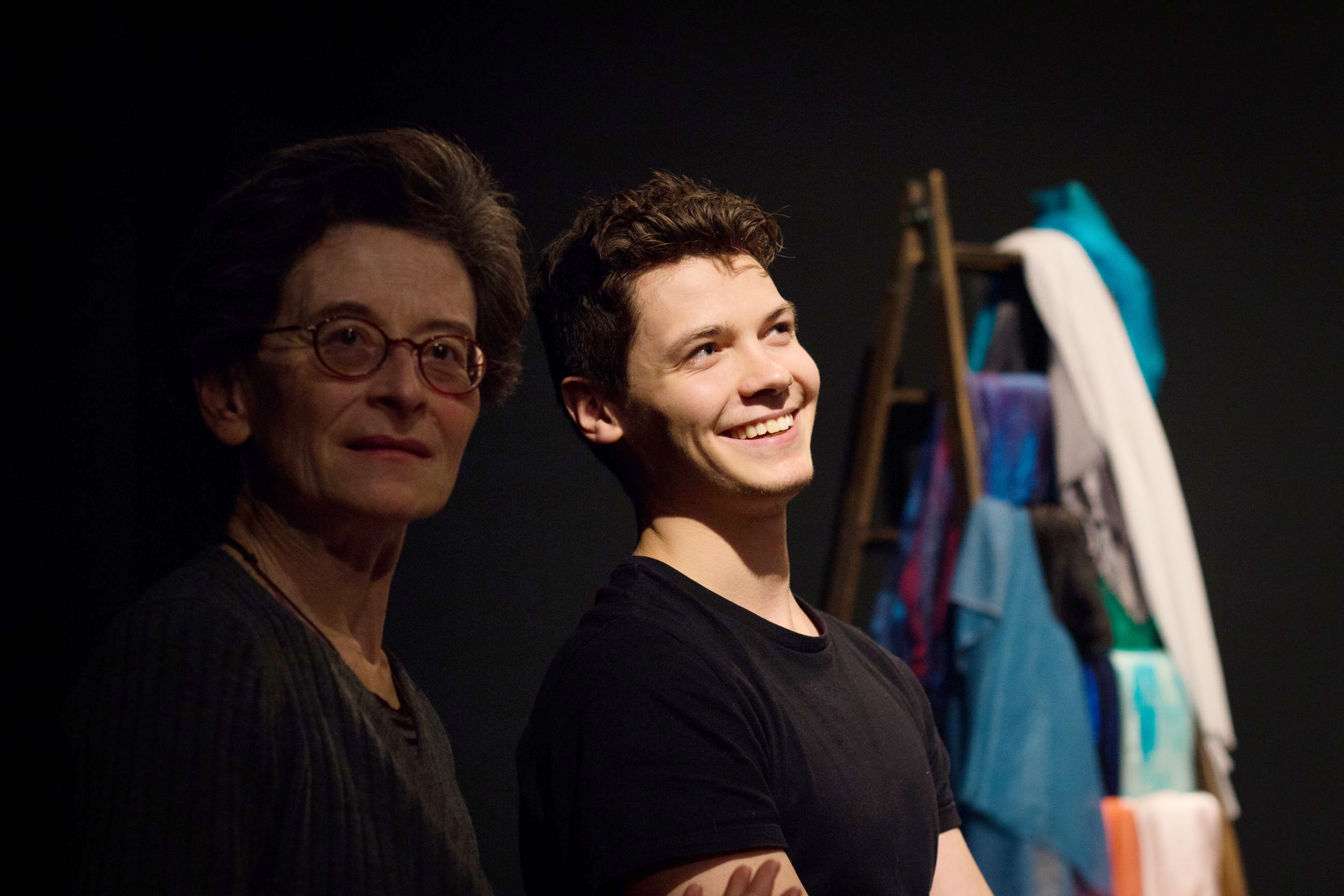
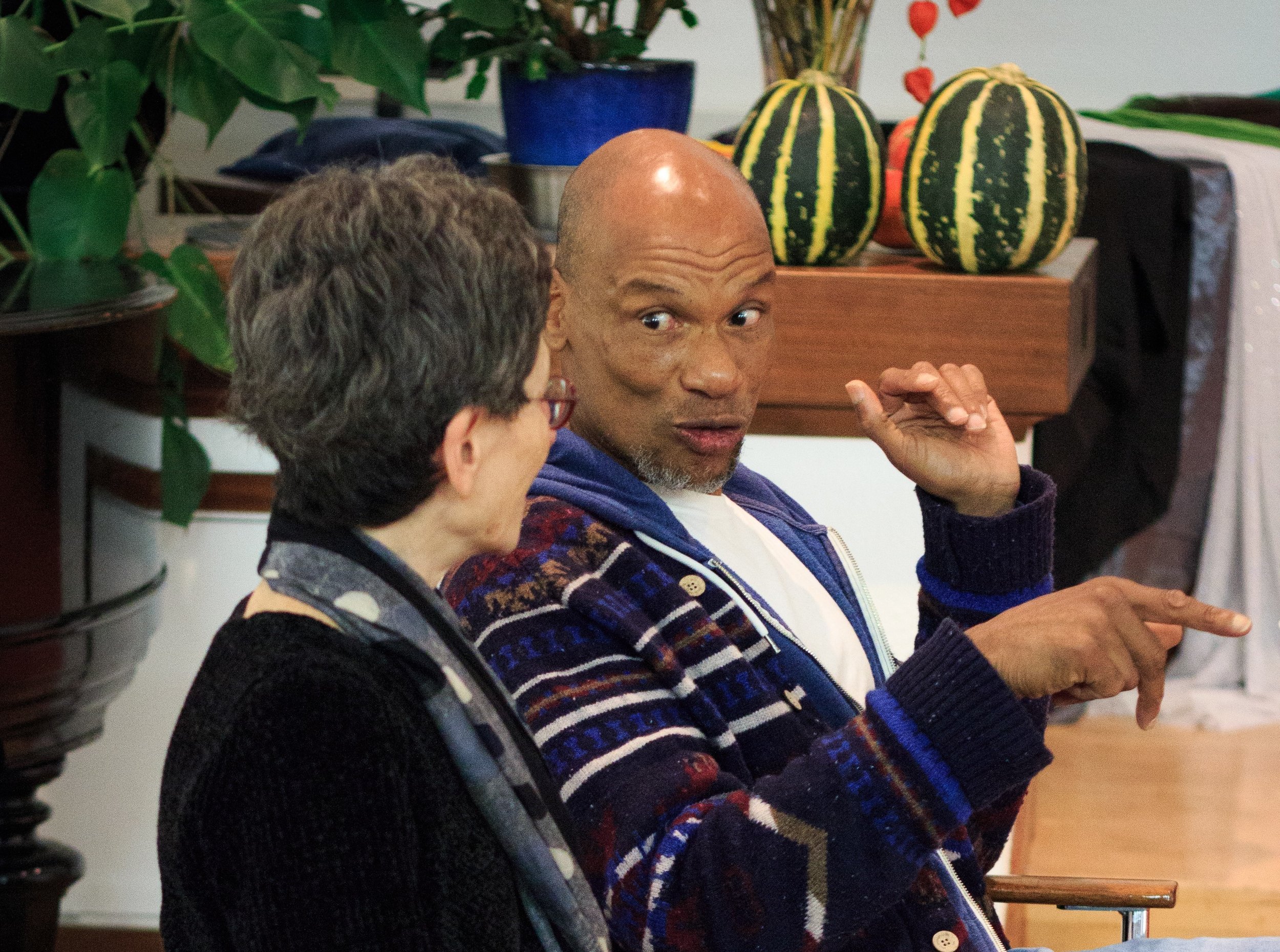
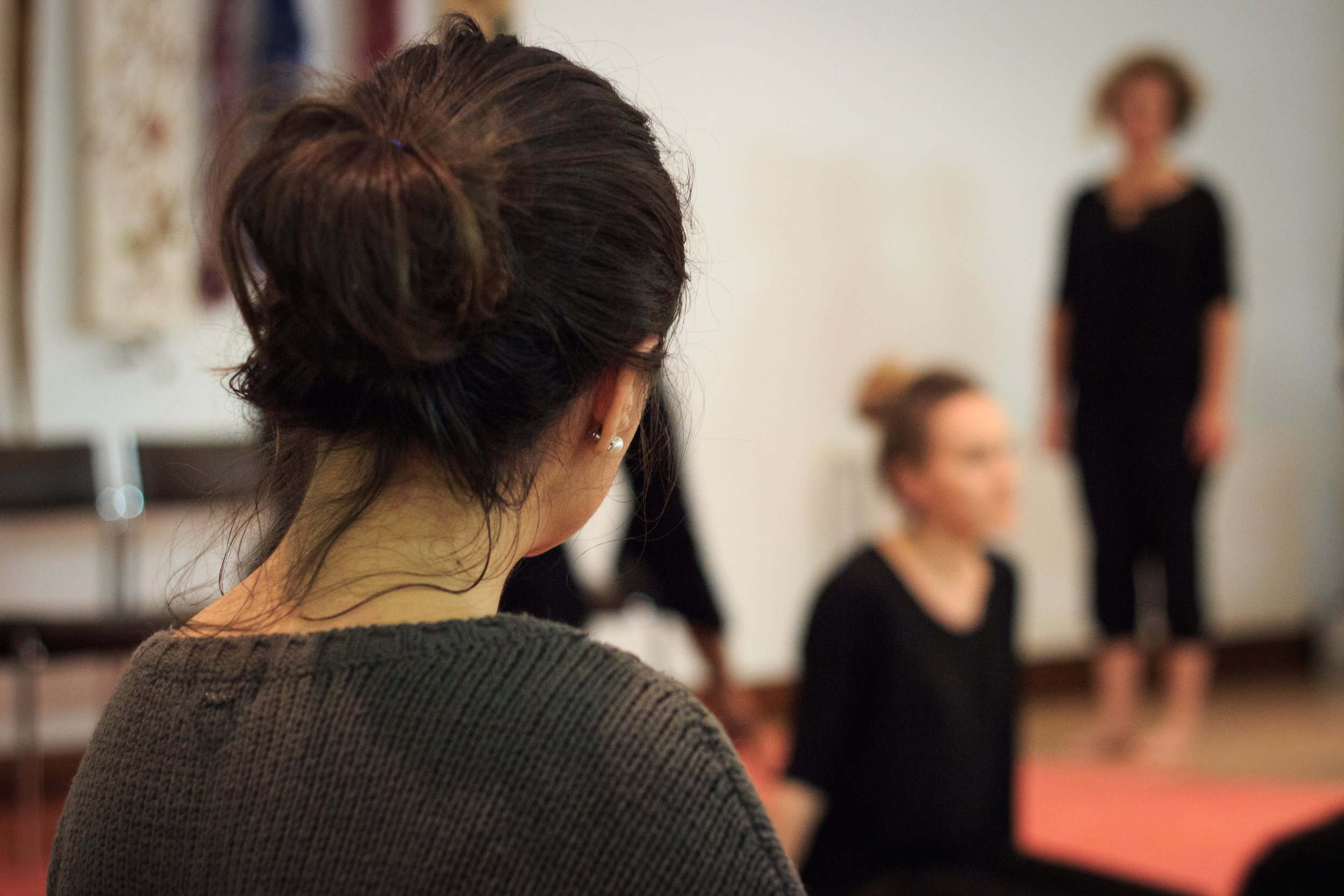

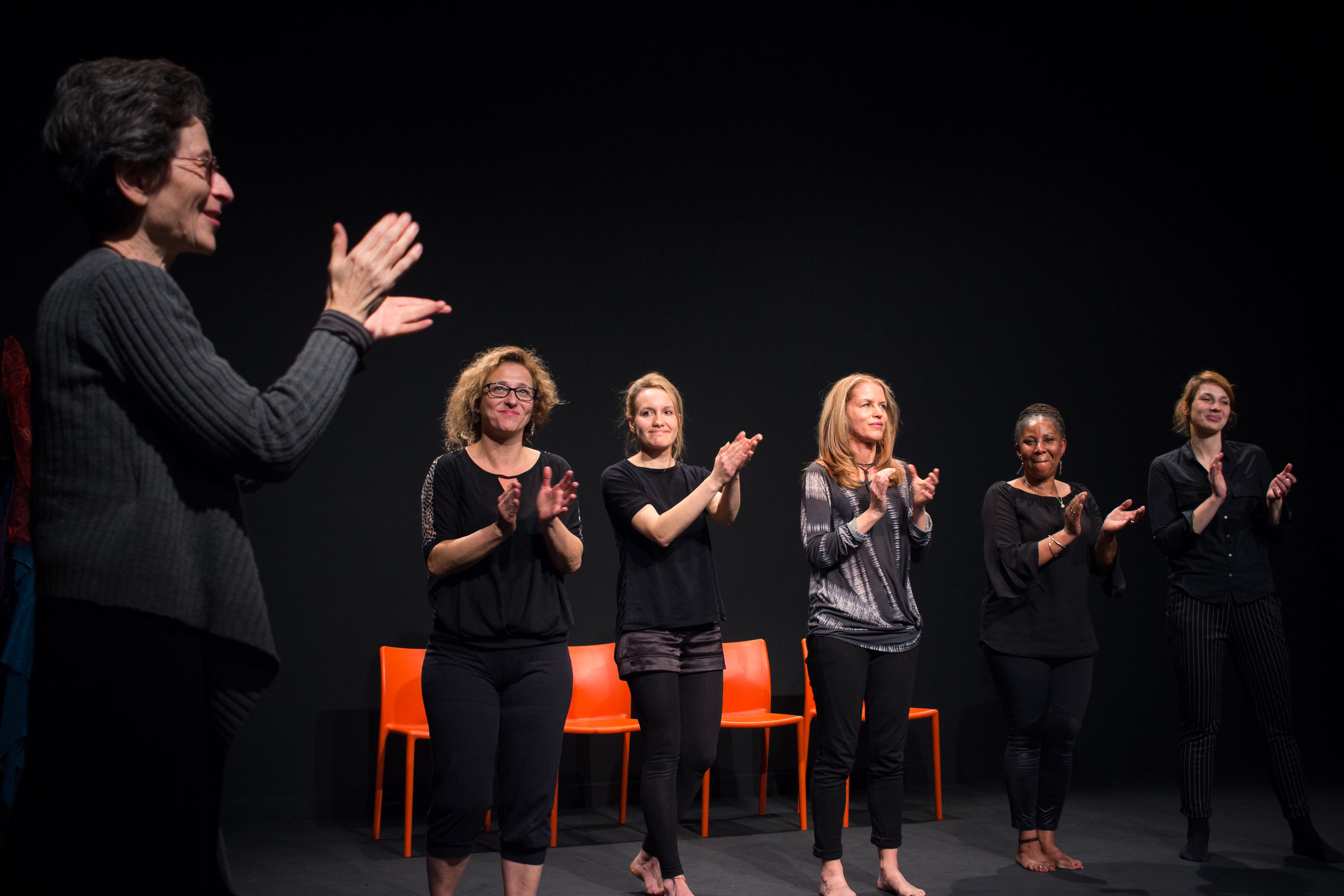

Where does Playback Theatre come from?
Playback Theatre was founded in 1975 by American theatre practitioners and social activists Jonathan Fox and Jo Salas, and was inspired by the work of Joseph Moreno and educator Paulo Freire. The first Playback Theatre company went to schools, prisons, care homes, conferences and festivals to draw people from all walks of life into its developing craft. Now an international phenomenon, there are over 200 playback theatre companies across 6 continents.
What happens in a Playback performance?
The Theme - We choose our show themes carefully, basing these around topical events, or the wider theme of the festival, conference or programme we are performing within. Whatever the topic, our use of ritual and structured techniques provide safe boundaries for all concerned, and a solid basis from which to share your stories.
During performance we usually see an emerging thread - common themes or issues that enable us all to explore fresh, potentially surprising connections or differences between us.
The Playback Team - This consists of 3-4 actors, a musician, and a Conductor. It is the Conductor’s role to guide the audience through the performance, from welcome and warm-up, to small initial sharings, longer life stories, and final reflection. The team often start the show by introducing themselves through short shared moments that resonates with the show’s theme.
Warming up the audience - The Conductor will offer a gentle invitation to the audience to share brief moments and experiences - this enables people to start exploring how the theme resonates for them, and to connect with others in the room. Similarities and differences in experience may start to emerge.
The heart of the event - The team begin to play back the moments, feelings and stories shared. Longer stories are told from the ‘teller’s chair’, a place from which tellers have a unique view of the action. We use a range of improvisational techniques, ensuring sensitivity to the heart of the moment or story.
The audience are invited to stay afterwards to continue connecting; people usually feel sparked by what they have witnessed.
Photography by Elena Santos - elenasantos.webcindario.com
